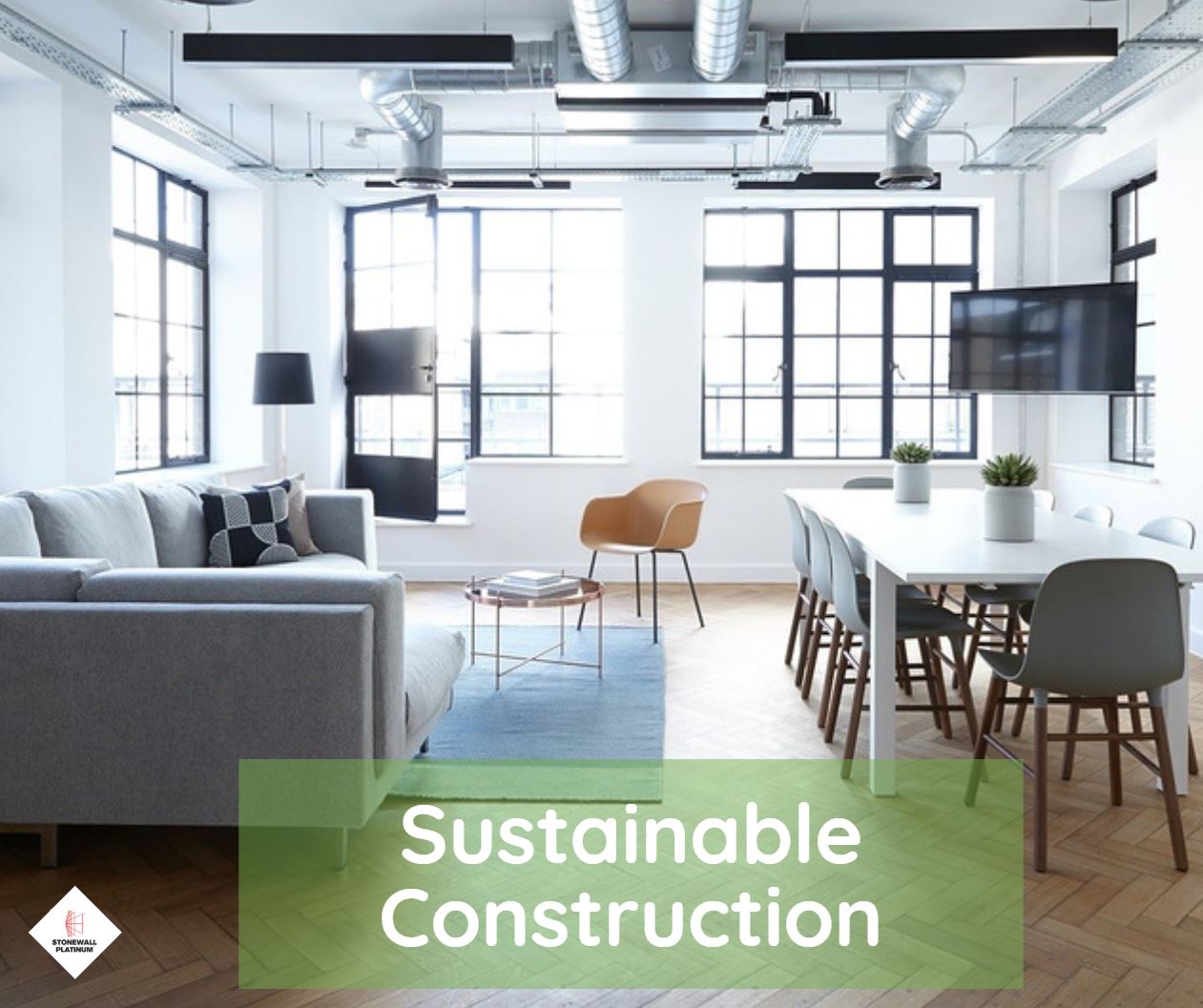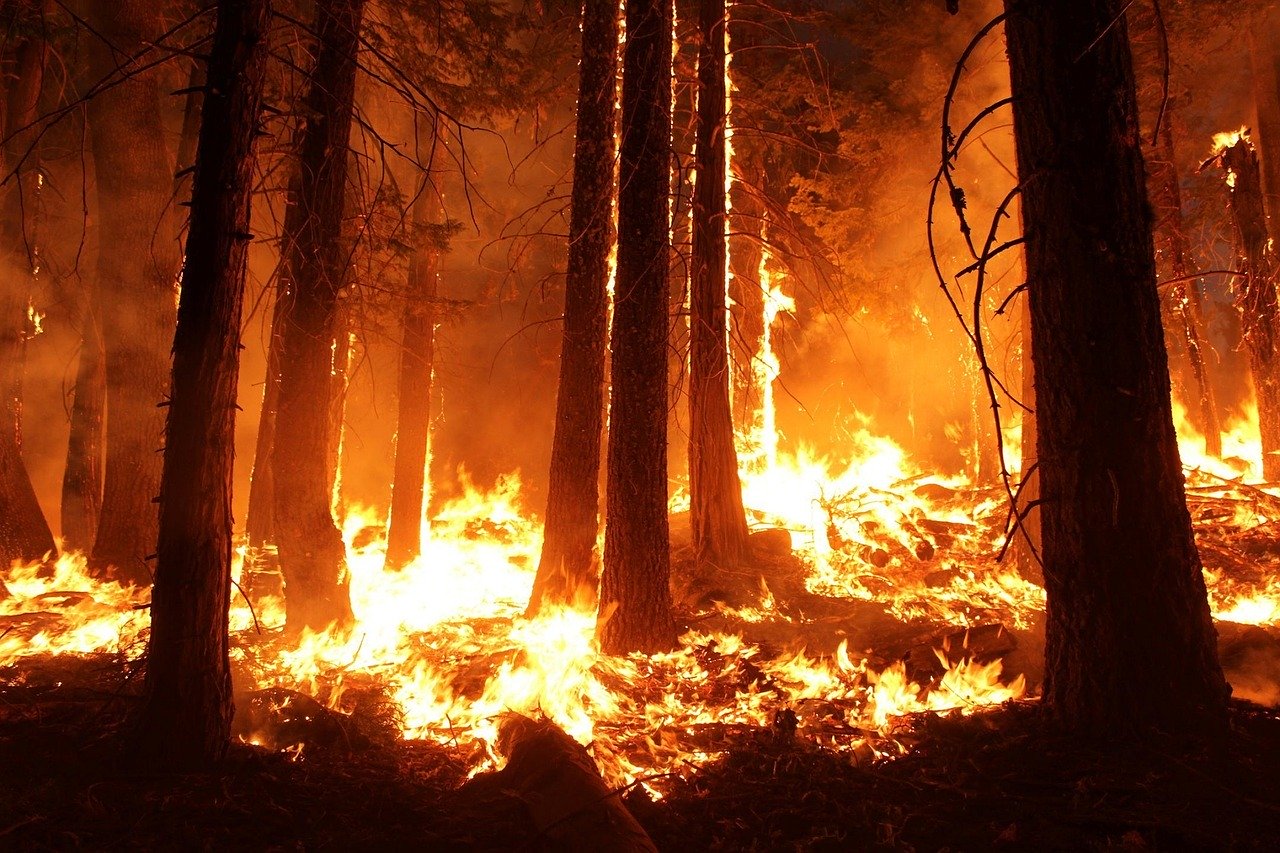Why Is Volcanic Rock Wool Fibre Better Than Fibreglass Insulation?

Architects and builders are looking for building products for their clients that are long-lasting and offer the best return on investment. Volcanic rock wool fibre is increasingly the insulation of choice in many construction projects. Architecturally designed and engineered, lightweight volcanic rock wool fibre is naturally non-combustible and offers high thermal and acoustic insulation properties.
The right insulation can dramatically improve the comfort of both residential and commercial occupants as well as minimising ongoing costs and environmental concerns. Carefully considering the type of building insulation materials to use right upfront will be more cost-efficient in the long term; retrofitting years down the line is always more difficult.
Volcanic Rock Wool Fibre or Fibreglass Insulation
When most of us think of insulation, we think of the traditional fibreglass insulation batts or loose fill. Many people don’t realise that there is a difference between volcanic rock wool and fibreglass insulation.
Fibreglass insulation is made from glass fibres, which are heated at high temperatures and spun. The glass fibres create pockets of air, which is what acts as a barrier to prevent heat loss.
By contrast, volcanic rock wool fibre insulation is made of naturally occurring volcanic rock (basalt) in combination with a steelmaking byproduct called slag. Like fibreglass, the basalt and slag are melted and spun. The volcanic rock fibres are then layered in a zig-zag fashion to create a dense lightweight material. Bound with a non-toxic chemical and a little mineral oil, the batts of rock wool fibre are flexible and hold their shape over time.
While they both provide insulation, how do they fare head to head on key indicators?
Key Indicator 1: Fire Resilience
One of the key differentiators between rock wool fibre and fibreglass insulation is their fire resilience. Volcanic rock wool fibre insulation is made of a naturally occurring volcanic rock, which can withstand extremely high temperatures close to its melting point at around 1117 degree Celsius. By comparison, fiberglass insulation is spun from liquid glass and glued together with a resin and will melt at 537 degrees Celsius.
Key Indicator 2: Moisture Repellent
When fibreglass insulation becomes wet, it retains moisture. Since it traps air by design, there is no way for the moisture or vapours to escape. The wet insulation becomes heavy and can sag, which affects the thermal performance of the insulation.
By contrast, volcanic rock wool fibre is ‘hydrophobic’, which means it is resistant to moisture. If exposed to moisture, the water simply beads up and rolls off the surface. Draining and drying instead of holding the water like a sponge means that rock wool fibre doesn’t allow for rot, fungi, mould, mildew or bacterial growth.
Volcanic rock wool insulation also doesn’t lose its form and will retain its thermal comfort level regardless of moisture presence. The stability of the volcanic rock wool fibre has been demonstrated across temperatures and time.
Key Indicator 3: Thermal Comfort
The thermal comfort (or thermal resistance) of insulation is measured by what is commonly referred to as the R-value. The R-value simply refers to a material’s ability to resist the transfer of heat. So the higher the R-value the better insulation. Fibreglass insulation has an R-value of approximately 2.2 to 2.7 per inch of thickness whereas volcanic rock wool fibre insulation has a higher R-value, between 3.8 and 4.2.
Key Indicator 4: Sustainability
Sustainability is an area where insulation made of volcanic rock wool fibre has a clear advantage over other types of insulation including fibreglass.
For example, fibreglass insulation is made up of around 25% recycled materials and often contains chemicals. It cannot be recycled. Its production process involves emissions that include fluoride, chloride and particulates.
Volcanic rock wool fibre insulation contains no harmful chemicals such as formaldehyde. Its unique production process involves cutting the batts with water jets to avoid dust escaping. The final product is fully recyclable and contains on average about 75% recycled materials. Our insulation is architecturally engineered to maximise the benefits of this unique natural product. We are also proud that Stonewall Platinum’s products are approved by the Green Building Council of Australia.
What’s the Verdict?
The verdict is clear – volcanic rock wool fibre insulation performs better than fibreglass insulation across most measures. Volcanic rock wool insulation’s natural qualities are well suited to meet the needs of today’s construction marketplace. In particular, its superior fire and moisture resistance, environmental sustainability and durability over time, volcanic rock wool insulation is an obvious choice for your next building project.


